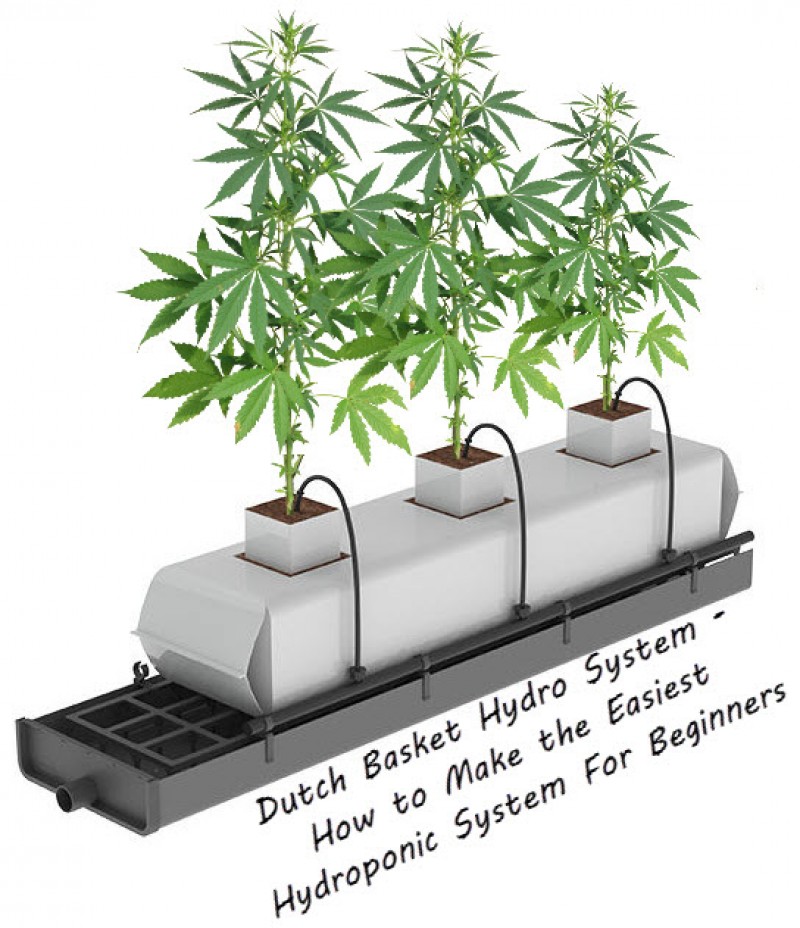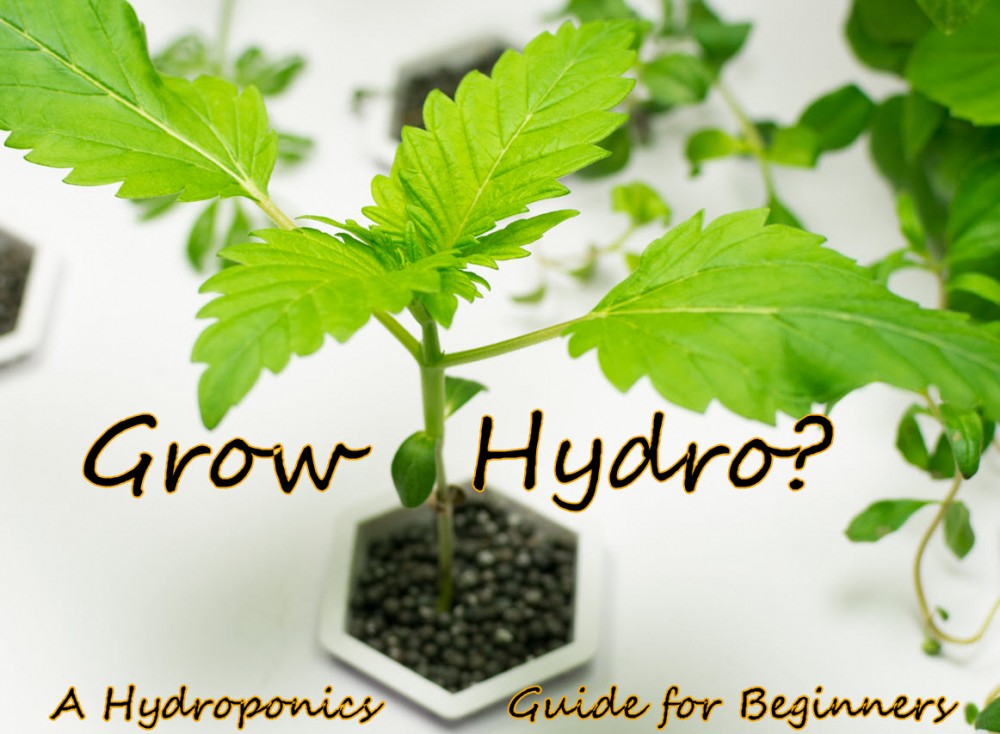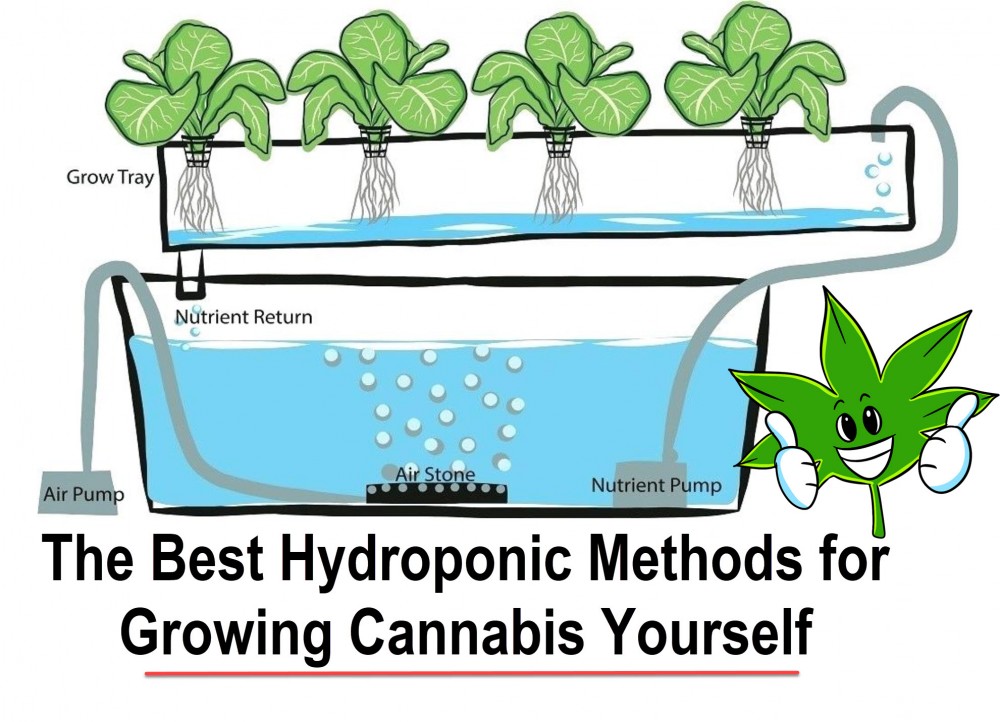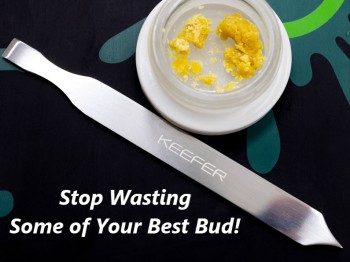Dutch Basket Hydro System - How to Make the Easiest Hydroponic System For Beginners
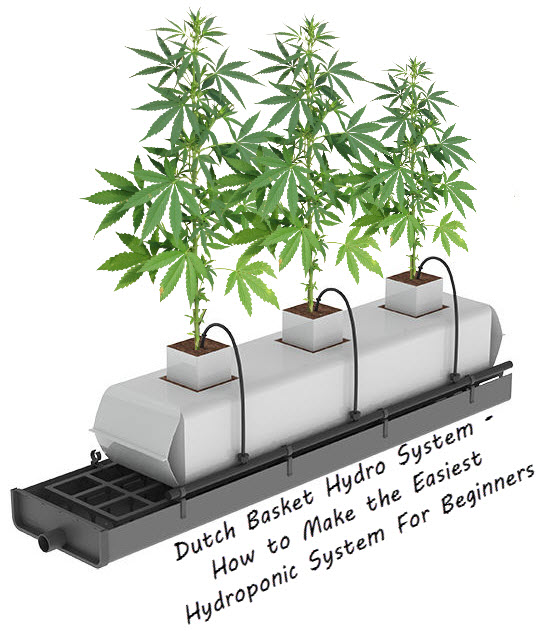
How to make a Dutch Bucket Hydro System -A good ‘first’ hydroponic system
When you first get into growing cannabis – it can seem daunting due to the slew of technical terms, products to buy, methods of growing etc. I have always advocated for the simplest method possible – which is by far merely dropping a ‘bag seed’ into some dirt and hoping for the best.
I always encourage people to grow – even if they don’t have any of the more advanced growing tek available to them. However – if you’ve grown for long enough and feel like it’s time to venture into the world of Hydroponics – then may I suggest starting off with the Dutch Bucket Hydro System.
It’s simple – it’s effective and it’s [in my opinion] one of the more “forgiving” hydro-teks out there for beginners. If you don’t know what it is – don’t worry, this entire article is designed to get you started on the Dutch Bucket Hydro System.
Origins
If you were expecting the “Dutch Bucket” concept stretching back hundreds of years, showcasing the innovative Dutch people crafting a unique vessel for growing – you’re going to be disappointed.
Far less glamorous, the “Dutch Bucket Hydroponic System” simply is called that because of the “Dutch Bucket”. It’s a patented design held by RoyalFlora Holland and essentially is a 5-gallon bucket. The “System” essentially just plugs in a drip-feed hydroponic system that allows you to add [or take out] growing vessels as needed.
Since the origin story is far from glamorous – let’s get into more practical stuff.
The Dutch Bucket Concept in a Nutshell
If you have heard of “Deep Water Culture” – The Dutch Bucket system is very similar, except that instead of having a deep reservoir of water where the roots of the plant sits in – the DB system uses a grow medium with a drip-feed system.
To make it simple:
Imagine a 5-gallon bucket
Now imagine a bunch of perlite placed inside a mesh bag, placed inside the bucket
That’s the major difference between the DWC and DB systems. DB [Dutch Bucket] has grow medium whereas DWC [Deep Water Culture] doesn’t. This is far more forgiving for newbies because in DWC – if the water level drops, you have very little time to correct the issue before your plant dies.
On the contrary, with DB you have a bit more leeway due to the grow medium retaining moisture and some nutrients for a short while. Of course – this will also need to be remedied sooner rather than later – but you do have a few more hours of grace before irreparable damage is done to your plants.
The Basics on how to build a Dutch Bucket System
I’m going to keep it simple for your sakes because DB systems can get quite complex if you want. In fact, these can also be hooked up to aquaponics systems [which makes it a tad bit more complex] but we’ll focus on hydro since it’s easier.
We’ll also only be building a “single bucket system” only for show – however, if you want to expand your system and add on more buckets – it’s very simple to do. This is because the DB system requires a feeder tube and a drainage tube which drains back to the reservoir.
Depending on the size of the feeder tubes and the drainage tube – you can add a new bucket every six-inches on the drainage tube.
So let’s take a closer look at how you’d make a single Dutch Bucket.
MATERIALS
5 Gallon Dutch Bucket
PVC tubes
Reservoir
Pump
Assorted Tubing and Connectors
You can get a more complete list here for a tutorial on an 8-Bucket System
HOW TO BUILD
I’m not going to walk you through all of the steps as the tutorial in the link above should provide you with a step-by-step approach. My goal is to rather show you the main concept to inspire you to get creative.
Nonetheless – the idea is to drill a drainage hole at the bottom of the Dutch Bucket. Roughly 2-inches from the bottom.
This will be sealed and a drainage tube will be connected to the “Main Drain”. The connection is loosely fitted – meaning, you can remove the DB whenever you need.
Within the bucket, you’ll use a grow medium like perlite or whatever neutral grow medium you have available.
A feeder drip tube is then placed next to the seedling – and a drip schedule added. Some crops require different velocities however for weed you can have a “On” for 30-minutes and “Off” for 10-minutes. You can play around with the times – your plants will let you know.
Once you have the closed looped system set up – it’s a matter of watching the pH level of the water and the nutrient mixes – and obviously lights too. However, what makes a Dutch Bucket system so awesome is that it’s so easy to build it can be used for both indoor and outdoor grows. You could even probably create some hybrid system – but that’s for another blog.
GROW HYDRO, YOU BET, READ MORE..
HYDROPOINIC GROWING GUIDE FOR BEGINNERS, CLICK HERE.

